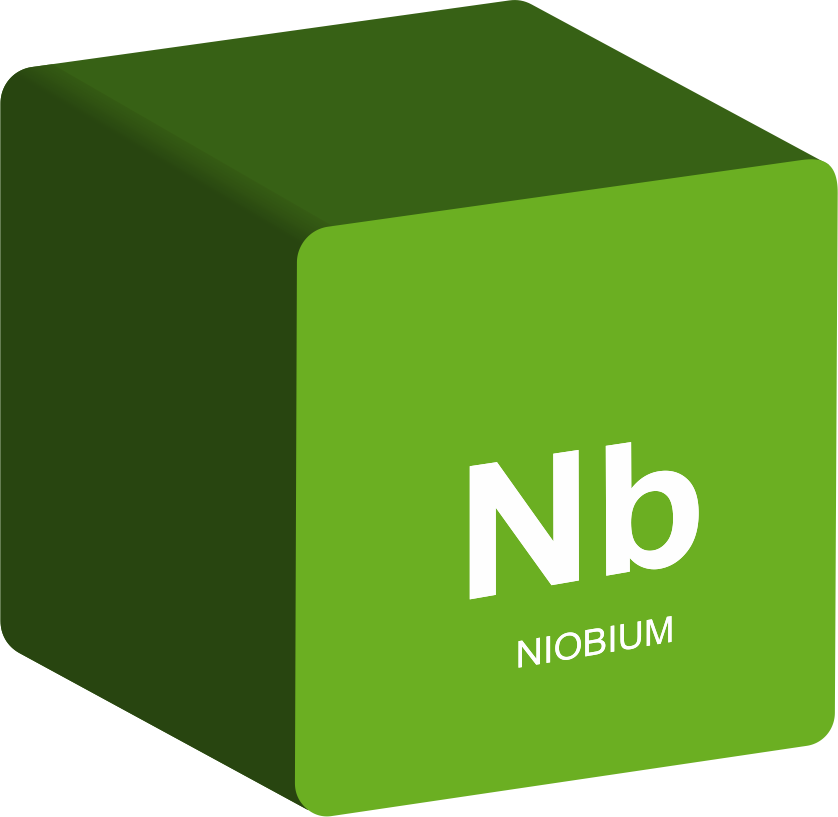Coalition Approves Queensland Mine That Would Clear Endangered Species Habitat
The Morrison government has approved a rare minerals mine that would clear thousands of hectares of potential habitat for an endangered marsupial once thought to be extinct.
Concerns have been raised about environmental surveys conducted for the project, as well as an unusual offsetting arrangement that will allow the developer to fund research into the species instead of protecting a designated area of its habitat.
Multicom Resources has proposed developing a vanadium mine 25km east of Julia Creek, in rural Queensland.
The area is home to a rare species of dunnart – the Julia Creek dunnart – a small marsupial believed extinct until it was rediscovered by a Melbourne scientist in the 1990s.
The mine, which would extract up to 20,000 tonnes of vanadium a year for steel manufacturing and battery technology, would clear up to 7,400ha of grasslands.
Questions are being asked about its approval granted in March by the federal environment department despite the company not completing the recommended quantity of surveys to try to detect the dunnart.
The environment department said the survey effort was “substantially less” than that recommended for the mine’s size, and Patricia Woolley, the Melbourne scientist who rediscovered the animal, agreed.
In a rare deviation from Australia’s environmental offsets policy, the government is allowing the company to claim a research project that will monitor for the species at the mine site and across its range as the project’s main offset.
The Australian Conservation Foundation called the offset “feeble” and said it posed an unacceptable risk to the dunnart.
Armchair expeditions: the addictive joy of dunnart spotting
Read more
“The research proposed by Multicom – masquerading as an offset – should have been undertaken by the company as a matter of course during the planning phase,” said Paul Sinclair, ACF’s campaigns director.
Under Australia’s environmental offsets policy, 90% of the offsets for a project should be direct – such as protection or restoration. The remaining 10% can be what are known as compensatory offsets, including research.
But the policy allows developers to deviate from this where scientific uncertainty is so high it is not possible to determine whether a direct offset will actually benefit the species.
The developer and the government ruled this to be the case for the Julia Creek dunnart, a cryptic species for which little monitoring effort has been invested despite a 12-year-old recovery plan recommending comprehensive surveys among a series of actions.
The total cost of implementing the recovery plan was estimated at the time to be $510,000.
“The federal government could have funded this research at any point in the last 12 years,” Sinclair said.
Before the 1990s, the Julia Creek dunnart was known only from four specimens held in museum collections.
Woolley was working out of La Trobe University focusing on the biology and reproduction of a family of marsupials known as the Dasyuridae, which includes dunnarts and the Tasmanian devil.
She had the McKinlay shire council send an information sheet to ratepayers about the Julia Creek dunnart, asking them to contact her if they spotted a dunnart and to keep any dead specimens.
A road worker found a dead dunnart so Woolley went to the area and found the animals. She set up a captive colony at La Trobe in the 90s to study the animal’s reproductive biology.
The species was listed as endangered under the Environment Protection and Biodiversity Conservation Act. This was downgraded to vulnerable in 2016 after research established its range in Queensland was larger than thought.
But beyond that little is known about the dunnart’s status, including its population size and whether it is in decline.
Woolley said she was contacted by the federal environment department when it was assessing the Multicom mine. The company’s documentation stated it conducted surveys in March and July 2017 for a total of 11 nights and did not sight dunnarts.
Woolley said without visiting the site she could not say whether it was good quality habitat for the species or if they could be found there. But she told the department the survey effort was inadequate.
“It was obvious from the start that it didn’t matter what was said, it was going to go ahead,” she said. “All [the company] were interested in were offsets rather than protecting the animal.”
The mine requires more approvals, including a mining licence, and is subject to finance.
As well as field surveys to look for dunnarts at specific sites and across its range, the company’s documents state other parts of its offset strategy could include weed removal and establishing a captive breeding program.
They also state it could potentially protect an area of habitat, but identifying a site would not commence until 2025. The total budget for all the offsets is about $10m.
Nathan Cammerman, Multicom’s executive director, said the company worked with the environment department to develop the offset strategy, which would “improve the scientific understanding of Julia Creek dunnart” and could be used to develop criteria for land-based offsets.
He defended the survey effort, saying it was possible the species had never been at the site.
“Despite nearly four years of survey effort looking for Julia Creek dunnart on the site, the species was not identified,” he said. “This is consistent with the cryptic nature of the species and its patchy distribution.”
But the environment department said the survey effort was substantially less than recommended and not all survey methods had been used.
Because of this, advice from the Queensland environment department had concluded the animals were likely to be on the mine site.
The federal environment department’s spokesperson said because of the limited understanding of the distribution, populations, habitat preferences and what was needed to manage the Julia Creek Dunnart, a research program “would provide a greater conservation gain for the species than a direct land-based offset in this case”.
www.ferroalloynet.com

